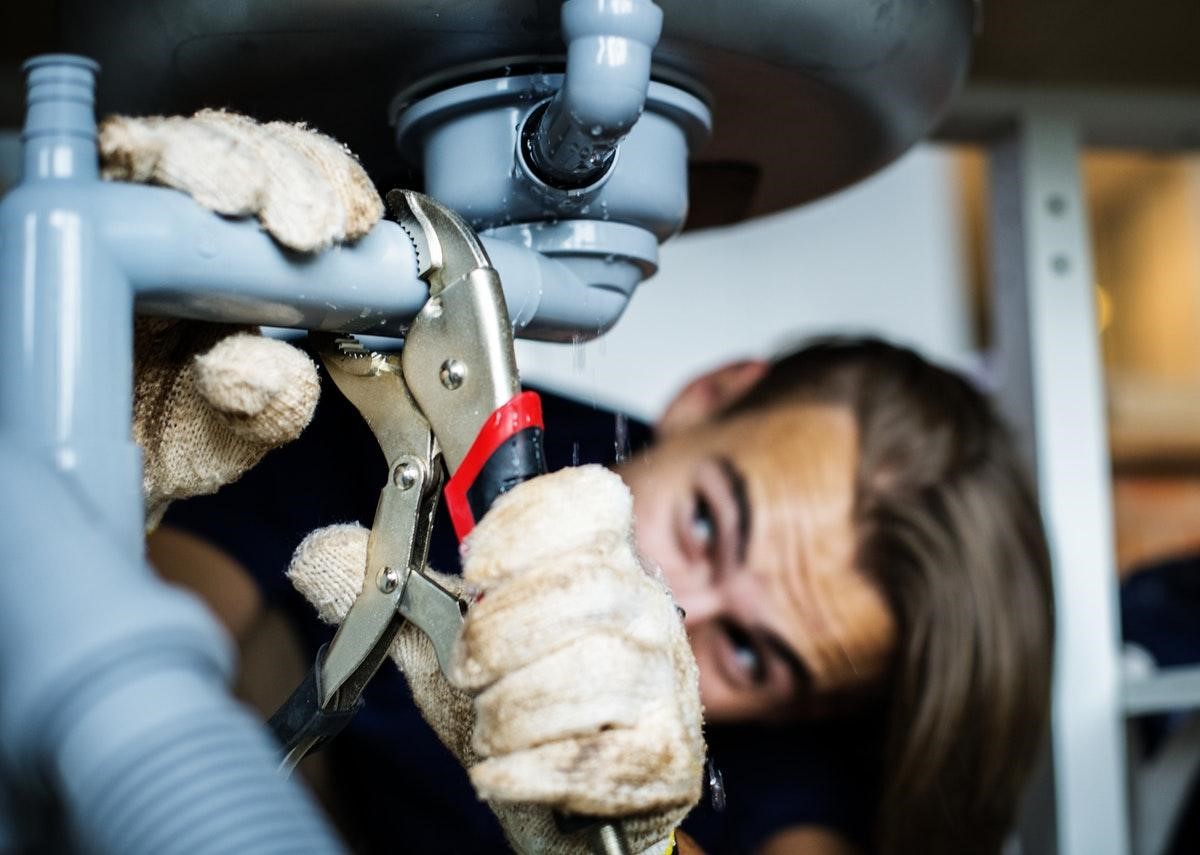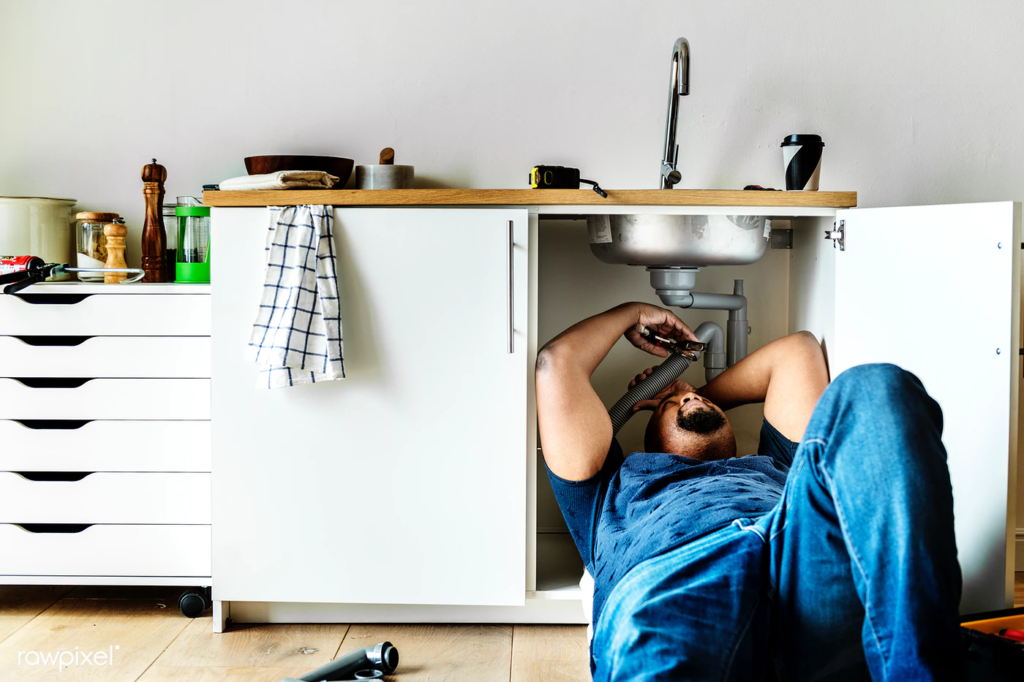You may not know some of it yet, but there are many ways that you can considerably lower your water bill. Many of these only require you to make a few simple tweaks to your water usage habits. The other ways may require the help of expert plumbers such as those that you can hire via the emergencyplumberfinder.com website. Among these ways are three plumbing tips that stand out owing to their potential monetary savings for you and the sheer simplicity of following and implementing them. Here are three plumbing tips that will help you lower your water bill.
1. Check for Leaks

As negligible as they may seem, leaks add a huge dent to your water bill. A typical leaking faucet wastes at least 20 gallons of water per day. To give you a better perspective, that is around four or five gallons down the drain every day. Leaking pipes are much worse as the leak not only wastes water, it can also cause damage that costs a lot to repair.
Therefore, it pays to inspect your faucets and pipes regularly to check for any dripping or damage in the pipes that may cause it to crack or leak. Once you see a problem, call your plumber to fix the drips or repair the pipes. By doing so, you’ll not only to prevent bigger problems and costly repairs, but you can also lower your monthly water bill.
2. Pay Attention to Your Toilet

More often than not, toilets require less water to flush properly. Depending on the number of times that you flush your toilet bowls each day, you can save as many as one gallon per flush. Most flushing mechanisms of toilet tanks have water level adjustments that you can lower to a point where it can still flush properly.
Toilets also needlessly waste water by continuing to run water to the bowl long after you have flushed. There are several potential causes for this including a faulty flapper, a flapper chain that is too short or a valve stopper that needs adjustment. You can try to troubleshoot the problem yourself or have your plumber fix or change the whole flushing mechanism altogether. As an alternative, you may also want to ditch your toilet and switch to a low-flow toilet system that uses considerably less water to flush.
3. Load Up

Whenever you are using your dishwasher and washer, make sure to wait until you have a full load to run the appliances. With a full load, they will use up less water, and you don’t need to wash that often. Some also believe that washing the dishes by hand uses less water. The opposite is actually true. Hand washing uses up more water than a dishwasher. You can also invest in a high-efficiency dishwasher or washing machine. While they may cost a bit more, you will enjoy the savings on your water bill in the long run.
There are many other ways that you can reduce your water bill even further. These include turning the water off when brushing, shaving or while lathering up in the shower, taking shorter showers or changing the shower heads, installing aerators, etc. It may take some time before you can fully enjoy the savings on your water bill. However, these savings will add up over time and you’ll realize that it was all worth the effort.

